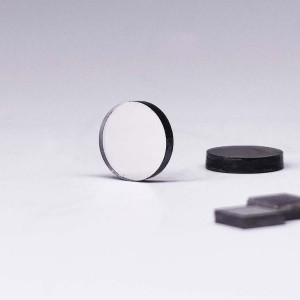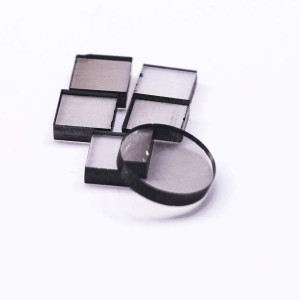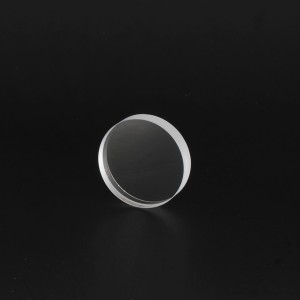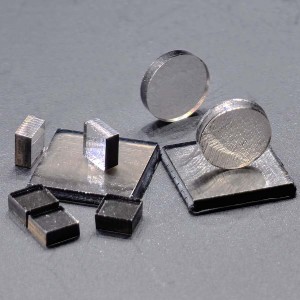Synthetic Optical CVD Diamond Window
. Optical CVD Diamond Window
.Introduction:
As the hardest material in nature, Diamond has both visible light and multi-band spectrum transmittance performance, so Diamond Window has won the title of optical lens that never wears out, it is almost impossible to make diamond windows scratch and surface damage, so like sapphire, diamond as a barrier (Optical flat window) of the optical system is a very reliable existence. The transmittance of sapphire begins to decay at a wavelength of 4 μm, and is almost zero at 7 μm, while the transmittance of diamond has been able to stably extend to 25 μm (except for 2.5 μm ~ 6 μm). The following diagram shows a comparison of the transmission curves of Sapphire Window and Diamond Window both in 2mm
About our diamond types:
There are two main methods used for synthetic diamonds, CVD and HPHT, with the following differences:
CVD diamonds are chemically vapor depositioned, which is a purer growing environment, with fewer impurities, no metal inclusions, and no magnetism, mainly as Type IIa.
HPHT diamond simulates the growth process of natural diamonds, and uses a machine to simulate the high temperature and high pressure environment, and the diamond rough produced is close to the octahedron of natural diamonds. Therefore, we generally use CVD diamonds to make windows or heat dissipation substrates. Mainly as Type Ib
























